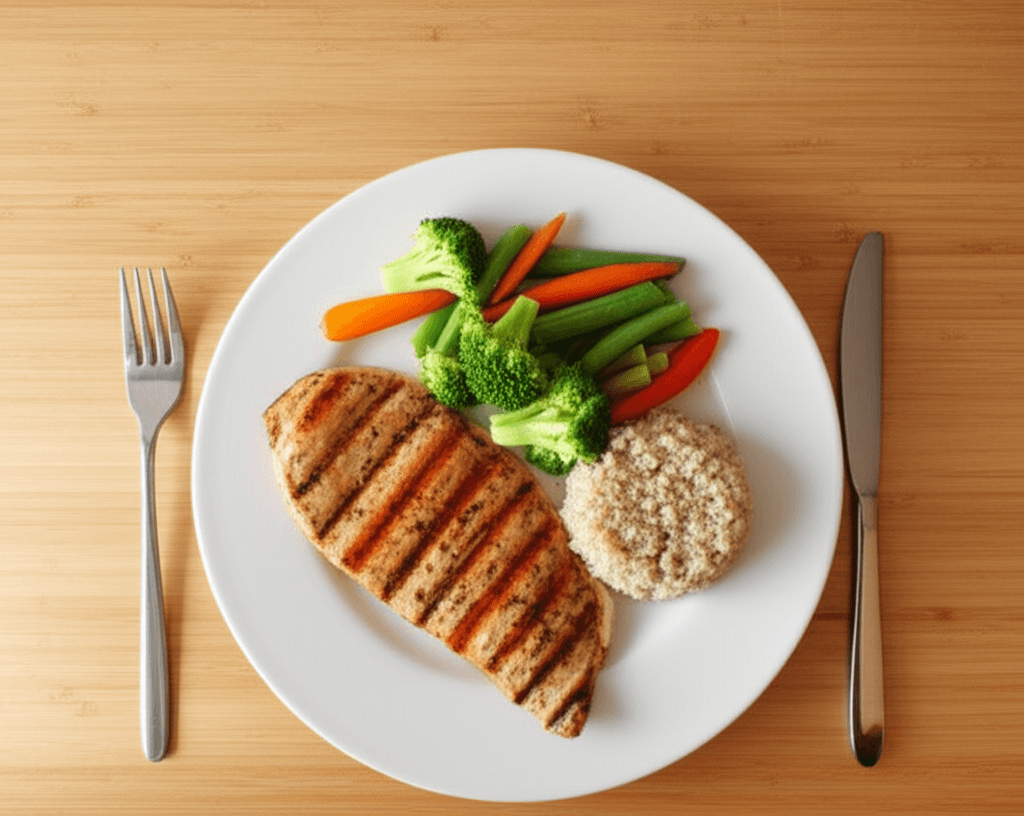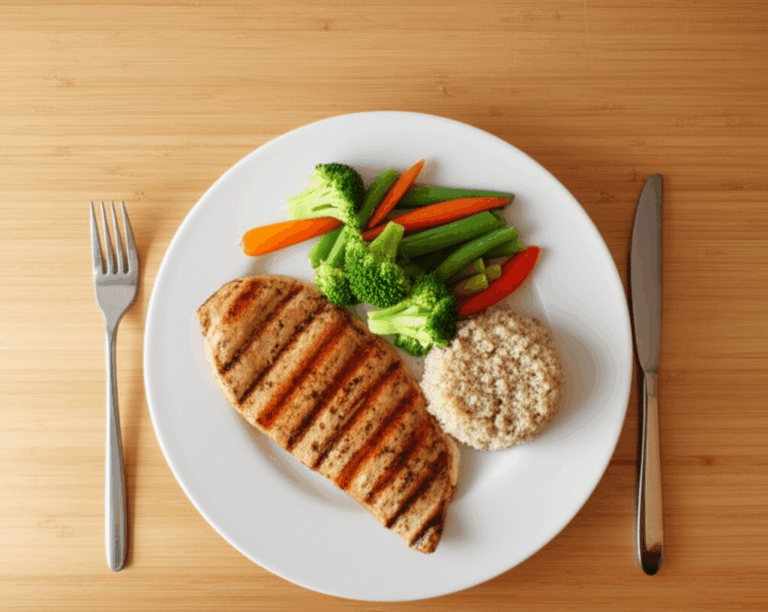Achieving sustainable weight loss doesn’t always require drastic overhauls or grueling workouts. In fact, many fitness experts advocate for small, consistent changes that can accumulate to significant calorie deficits over time. By incorporating simple adjustments into your daily routine, it’s possible to trim 500 calories per day, which can lead to a healthy weight loss of about one pound per week for most individuals.
The key lies in understanding that losing weight is fundamentally about creating a calorie deficit – consuming fewer calories than your body burns. This doesn’t mean deprivation, but rather smart swaps and mindful habits. Here, we explore six actionable tips from fitness experts that can help you achieve this 500-calorie reduction with minimal effort.

Mindful Eating and Portion Control
One of the most effective ways to cut calories without feeling deprived is to adjust how you eat, not just what you eat.
Embrace Slower Eating
Chewing your food more thoroughly and eating at a slower pace allows your body to register fullness cues more effectively, potentially leading you to eat less overall. Studies suggest that eating slowly can reduce your intake by 100 to 120 calories per meal. This simple practice gives your brain time to receive signals of satiety from your stomach.
Practice the “Half Plate” Rule
Visually adjusting your plate can make a big difference. Aim to fill at least half of your plate with non-starchy vegetables and fruits. These foods are generally low in calories and high in fiber, helping you feel fuller on fewer calories. This strategy naturally reduces the space for more calorie-dense items.

Strategic Food and Drink Swaps
Often, the easiest calories to cut are those we consume without much thought, particularly from beverages and processed snacks.
Ditch Sugary Drinks for Water
Liquid calories from sodas, sweetened coffees, and even fruit smoothies can quickly add up without providing much satiety. A single 12-ounce soda can have about 150 calories, and a large flavored latte can exceed 250 calories. Swapping these for water, plain sparkling water, or black coffee/tea is one of the quickest ways to save hundreds of calories daily. Drinking water before meals can also help you feel fuller and reduce overall intake.
Intelligent Snacking: Replace High-Calorie Options
Many people snack between meals, which is perfectly fine if done smartly. Replace high-calorie, processed snacks like chips, cookies, and candy with healthier, fiber-rich, and lower-calorie alternatives. For instance, opt for air-popped popcorn instead of flavored tortilla chips, or grapes and a low-fat cheese stick instead of a brownie. Preparing healthy snacks in advance makes it easier to make good choices when hunger strikes.

Incorporating More Movement
While diet plays a primary role, increasing your physical activity can significantly contribute to a 500-calorie deficit.
Increase Daily Movement Incrementally
You don’t need to join a gym or dedicate hours to intense workouts immediately. Small bursts of activity throughout the day accumulate. Consider taking the stairs instead of the elevator, parking further away from your destination, or walking laps around your office or home during breaks. Aiming for 10,000 steps a day, or about five miles, can burn approximately 500 calories. Even a 15-minute brisk walk around the neighborhood is a great starting point.
Maximize Passive Activity: Brush with Your Non-Dominant Hand
This unconventional tip, similar to the “evening brushing” mentioned, falls under the umbrella of “non-exercise activity thermogenesis” (NEAT). While the calorie burn from brushing with your non-dominant hand might be minimal on its own, it serves as a reminder that small, conscious changes can influence calorie expenditure and promote mindfulness. The principle extends to other small actions, like standing more, fidgeting, or even pacing while on the phone, all of which contribute to your overall daily calorie burn.

Optimize Lifestyle Factors
Beyond diet and exercise, certain lifestyle habits can profoundly impact your calorie intake and energy expenditure.
Prioritize Sufficient Sleep
Lack of sleep can trigger an increase in ghrelin, the “hunger hormone,” leading to increased appetite and a desire for high-calorie foods. Studies show that people who sleep less than 6 hours per night may consume up to 300 calories more daily. Aim for 7 to 8 hours of quality sleep to help regulate appetite hormones, improve metabolism, and boost energy for physical activity.
Implementing these six easy tips can put you on a clear path to cutting 500 calories per day, fostering sustainable weight loss, and improving your overall health. Always consult with a healthcare provider before starting any new weight loss regimen to ensure it’s appropriate for your individual needs.







